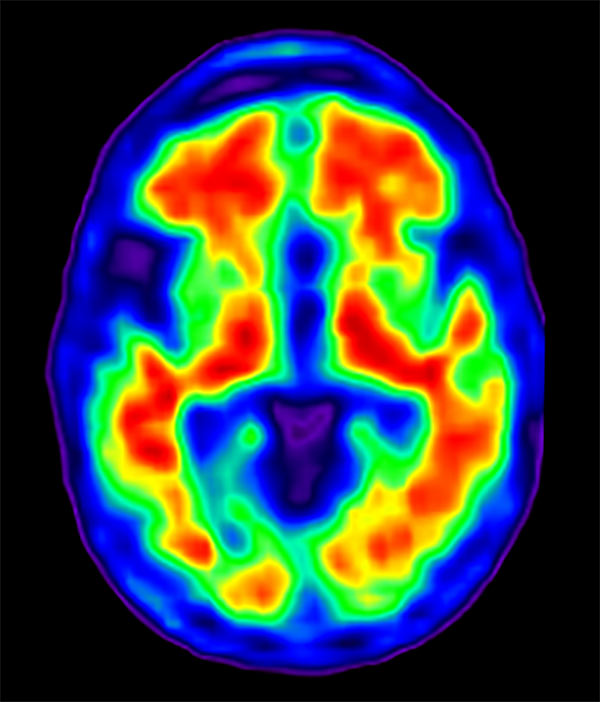The brain is a complex organ that contains billions of cells. One common disease that affects the brain is Alzheimer’s, which makes it difficult to think and remember things. This article will teach you about what Alzheimer’s is. Why early detection can be difficult, what are some early warning signs of Alzheimer’s. Also, how to diagnose it (if your physician agrees) using brain scan Alzheimer’s, and more.
Contents
What Is Alzheimer’s?
 Alzheimer’s is a disease that targets the brain, specifically killing off neurons. It usually starts with memory problems and gets worse over time. The symptoms of Alzheimer’s include difficulty performing familiar tasks. Especially those related to planning or understanding language. Sometimes, you might notice they are repeating words or phrases because their short-term memories aren’t what they used to be.
Alzheimer’s is a disease that targets the brain, specifically killing off neurons. It usually starts with memory problems and gets worse over time. The symptoms of Alzheimer’s include difficulty performing familiar tasks. Especially those related to planning or understanding language. Sometimes, you might notice they are repeating words or phrases because their short-term memories aren’t what they used to be.
Why Early Detection Can Be Difficult?
Alzheimer’s is a progressive disease, meaning that it starts small and gradually gets worse over time. Sometimes, people don’t even realize something is wrong until the disease has progressed significantly. This can make early detection difficult because of many of the symptoms of Alzheimer’s mirror other illnesses. For example, difficulty with memory can also be a symptom of depression or thyroid problems.
What Are Some Early Warning Signs Of Alzheimer’s?
There are many early warning signs for Alzheimer’s and the earlier they receive treatment. The better their chances become at slowing down symptoms as well as preventing them from getting worse. Some of the early warning signs include:
- Forgetting important information, such as appointments or financial matters
- Having problems finding words when talking
- Inability to follow a familiar recipe in the right order or forgetting how much yeast needs to be added for bread making
NOTE: These are just a few examples and it’s important to remember that everyone experiences Alzheimer’s differently. So, if you are worried about someone close to you, it is best to speak with a doctor.
How To Diagnose It (If Your Physician Agrees)?
Once your physician agrees that there might be something wrong, they will begin the evaluation process for diagnosing Alzheimer’s disease. This process includes many different tools and tests to collect all of the information they need to make a diagnosis.
The Evaluation Process
This is an extensive process, but it can be done over several sessions if necessary for patients with Alzheimer’s.
Personal Medical History
The first step your physician will take is taking some personal medical history about you (and your family). This will include information about any health problems you have, medications you are taking, and your diet. They will also want to know about your social life and how much contact you have with other people.
Physical Examination
A physical examination is next on the list of steps for diagnosing Alzheimer’s disease. Your physician will look for any physical changes that could be related to the disease. This includes checking your reflexes, muscle strength, and coordination. They will also look in your eyes and ears for any abnormalities.
NOTE: A physical exam is also important to help rule out other causes of the symptoms. This includes checking vital signs (blood pressure, heart rate, etc.), as well as looking at the person’s skin, eyes, and mouth.
Diagnostic Tests
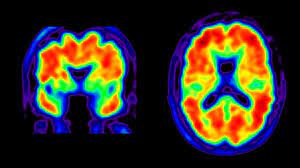
After the physical examination, your physician might order some diagnostic tests. These tests help them rule out other diseases that might be causing the symptoms you are experiencing. The most common diagnostic tests for Alzheimer’s are:
- Brain scans, such as an MRI or CT scan
- EEG (electroencephalogram), which measures electrical activity in the brain
- Lumbar puncture, to collect cerebrospinal fluid for testing
- Neuropsychological testing, to measure cognitive skills and memory
- Functional assessment, to look at how you are currently performing activities of daily living
- Psychosocial evaluation, to assess your emotional and social well-being
- Specialized tests, such as a PET scan or SPECT scan, which measure the function and activity of the brain
Brain Scans
There are three main brain scans used to diagnose Alzheimer’s. Each has its specific use when it comes to diagnosing the disease:
Functional MRI (fMRI)
Functional MRI (fMRI) This test is best for measuring overall function in different areas of the brain. This allows your physician to determine which areas are not working correctly due to Alzheimer’s disease or another condition that might be causing symptoms of memory loss.
Positron emission tomography (PET) scan
This test is best for measuring the amount and location of amyloid plaques in the brain, as well as how they affect brain function. It can also be used to measure how well the brain is working and if it has enough oxygen.
Cerebral blood flow imaging (CBFI)
This test measures activity in different parts of your brain by measuring changes in blood flow during testing, which helps physicians determine how much damage there might be due to Alzheimer’s disease.
AI Detection
Another type of brain scan for Alzheimer’s is AI Detection. This test uses artificial intelligence (AI) to measure the size and shape of your brain, as well as how it changes over time. However, this test is not yet available to the public.
EEG
An EEG, or electroencephalogram, is a test that measures electrical activity in the brain. This test can help diagnose Alzheimer’s disease because it can show changes in brain waves that are associated with the disease.
Lumbar Puncture
A lumbar puncture, also known as a spinal tap, is a test that collects cerebrospinal fluid for testing. This test can help diagnose Alzheimer’s disease because it can measure the amount of amyloid protein in the cerebrospinal fluid.
Neuropsychological Testing
This type of testing measures cognitive skills and memory. It can help your physician determine if those skills are being affected by Alzheimer’s disease.
Functional Assessment
This type of assessment looks at how you are currently performing activities of daily living. It can help your physician determine if any changes have occurred since your last assessment.
Psychosocial Evaluation
This evaluation assesses your emotional and social well-being. This information can help your physician create a care plan that meets your needs.
Specialized Tests
PET scan and SPECT scan
A PET scan and a SPECT scan are two specialized tests that can be used to measure the function and activity of the brain. These scans can help your physician see if there is damage to certain areas of the brain due to Alzheimer’s disease.
NOTE: After all of these tests have been completed, your physician will review the results and make a diagnosis. If you are diagnosed with Alzheimer’s disease, it is important to start treatment as soon as possible. Treatment can help improve your quality of life and extend it for many years.
Minimizing Risks Of Alzheimer’s
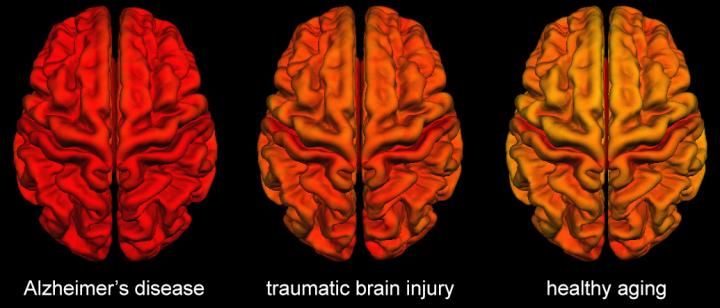
Nutrition
Keeping a healthy diet is important for those at risk of Alzheimer’s disease. Foods that are low in saturated fats and high in antioxidants can help maintain brain health, as well as foods containing omega-three fatty acids such as fish oil supplements or flaxseed oil. It is also recommended to reduce the amount of sugar consumed by keeping track of sugar intake and avoiding sugary drinks.
Exercise
Regular exercise has been shown to help protect the brain from age-related damage and may reduce the risk of Alzheimer’s disease. Exercise also helps improve mood, sleep quality, and overall physical health.
Socialization
Spending time with friends and family can help reduce stress levels and promote a sense of well-being. Social activities can also help keep the mind active and engaged.
Stress Management
Chronic stress can contribute to a variety of health problems including heart disease and poor mental health. Managing stress through meditation, yoga, or other relaxation techniques can help reduce the risk of Alzheimer’s disease as well as improve overall brain function.
Smoking And Alcohol
It is recommended for those at risk of Alzheimer’s disease to avoid smoking cigarettes and limit their alcohol intake. Smoking and heavy drinking can damage the brain and increase the risk of developing Alzheimer’s disease.
Brain Games
Playing games that challenge the brain, such as puzzles or crosswords, can help keep the mind active and delay the onset of Alzheimer’s disease. For example, one study showed that playing board games such as Scrabble, chess, or Monopoly can improve brain function and reduce the risk of Alzheimer’s disease by up to 50%.
Taking Medication
There are several medications available for managing symptoms associated with Alzheimer’s. For example, certain drugs called acetylcholinesterase inhibitors (AChEIs) may help reverse the loss of certain neurotransmitters and improve memory, thinking ability, and behavior such as mood swings or aggression.
Treatment
It is important to remember that Alzheimer’s disease can be managed but not cured at this time. The best approach is to focus on healthy living by eating a well-balanced diet, exercising, and managing stress. There are treatments available that can help manage symptoms. These include medications to improve memory, as well as therapies such as occupational or recreational therapy. There is also ongoing research into new treatments for Alzheimer’s disease.
If you or a loved one are experiencing symptoms of Alzheimer’s disease, it is important to see a doctor for evaluation. There are many resources available to help those affected by this condition, including the Alzheimer’s Association and Alzheimer’s Disease International. Early diagnosis and treatment are key to managing this illness.
Related Terms And Terminologies To Alzheimer’s
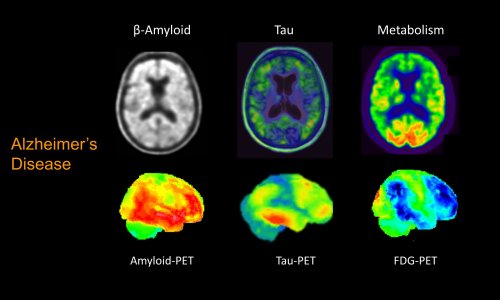
Early Warning Signs Of Alzheimer’s
Progressive memory loss
This is the gradual loss of memory that occurs as Alzheimer’s disease progresses. It can include forgetting names, events, or where you just put something. Also, it can include forgetting how to complete everyday tasks like cooking or driving.
Aphasia
This is a condition that affects the ability to understand or use language. People with aphasia may have difficulty speaking, reading, and writing. It is caused by damage to the parts of the brain that are involved in language.
Agnosia
This is the inability to recognize familiar objects or people. It can be caused by damage to the parts of the brain that are involved in memory and perception. It can make it difficult to perform everyday tasks, such as cooking or dressing.
Apraxia
This is a condition that affects the ability to carry out movements correctly, even though you know what you want to do. It can be caused by damage to the parts of the brain that control movement.
Sundowning
This is when a person with Alzheimer’s disease becomes restless and irritable in the late afternoon. It often occurs around sunset, which can be confusing for caregivers because it reminds them of early evening or bedtime. They may also become more confused about the time during this period.
Psychosis
This is a condition that causes a person to see, hear, or believe things that are not real. It can be caused by damage to the parts of the brain that control thought and emotion. People with psychosis may become agitated, paranoid, or depressed.
Precursory Brain Degeneration/Processes (Precursors Of Alzheimer’s)
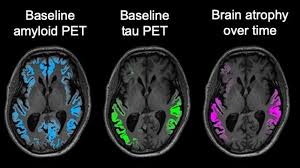
Neurofibrillary tangle (NFT)
This is a twisted bundle of fibers that builds up inside nerve cells and disrupts cell-to-cell signaling between brain regions. NFT can cause widespread damage to different areas in the brain, including areas important for memory and thinking skills. Neurofibrillary tangles are a hallmark of Alzheimer’s disease.
Frontotemporal lobe degeneration (FTLD)
This type affects different parts of the brain, including areas that control behavior and emotion. This can cause changes in personality, judgment, language skills (aphasia), or movement patterns like rigidity or tremors.
Warning Bodies (For Detection Of Alzheimer’s)
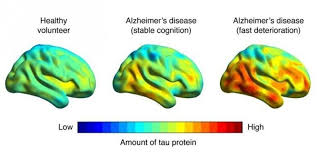
Amyloid plaque
This is a build-up of protein fragments called amyloid, which can cause inflammation and destroy or damage nerve cells in areas of your brain. It can lead to cell death and tissue loss in different areas of your body including the brain.
Lewy bodies
These are clumps of a protein called alpha-synuclein that can form in the brain. They are associated with Parkinson’s disease, but they have also been found in the brains of people with Alzheimer’s disease.
Cerebrospinal fluid (CSF)
This is a clear fluid that surrounds and protects the brain and spinal cord. It contains a protein called beta-amyloid, which can be measured to help determine if a person has Alzheimer’s disease or not.
Tau protein
This is a protein that helps stabilize the structure of nerve cells. In people with Alzheimer’s disease, tau proteins break down and form neurofibrillary tangles which can damage nerve cells.
Similar Brain Diseases
Lewy body dementia (LBD)
This type is characterized by abnormal protein deposits called Lewy bodies in certain parts of the brain. These proteins are associated with Parkinson’s disease.
Parkinson’s Disease (PD)
This type affects movement and can cause symptoms similar to Alzheimer’s disease such as dementia or aphasia. It is caused by the loss of nerve cells in areas of the brain that control muscle movements.
Vascular Dementia (VaD)
This type is caused by a blockage of blood flow to the brain or a stroke. This prevents oxygen from reaching brain cells, which leads to their death and causes damage in areas of the brain that control memory, thinking skills, emotions, and physical functioning.
Disease Guide

Difference Between Dementia And Alzheimer’s Disease
Dementia is a syndrome that causes a person to have trouble with memory, thinking skills, and managing daily activities. It typically worsens over time and can impact their ability to work or live independently. Alzheimer’s disease is one type of dementia but not the only cause of this condition. There are many other types including vascular dementia and Lewy Body dementia.
Difference Between Parkinson’s And Alzheimer’s Disease
Parkinson’s disease is a movement disorder that can cause tremors, stiffness, and problems with balance. Alzheimer’s disease is a type of dementia that causes memory loss and changes in mood or behavior.
Resource Guide
Alzheimer’s Association
The Alzheimer’s Association is a nonprofit organization that provides information and support to people with Alzheimer’s disease and their caregivers. They also fund research into the causes, treatment, and prevention of Alzheimer’s disease.
Alzheimer’s Disease International (ADI)
This is a global organization that provides information and resources about Alzheimer’s disease to patients, families, healthcare professionals, researchers, and policymakers.
Conclusion
Brain scans are important for diagnosing Alzheimer’s disease. Once diagnosed, doctors can use other tests to help determine the stage of this condition and what changes have occurred in the brain. Early treatment is key to managing symptoms that include memory loss, confusion, mood swings, or aggression.
Patients should also be evaluated for depression as it sometimes occurs alongside Alzheimer’s disease. Caregiver burnout is a common problem, so it’s important to find support if needed. Resources such as the Alzheimer’s Association and Alzheimer’s Disease International can provide information and support to those affected by this condition.
If you are looking for affordable Online Counseling MantraCare can help: Book a trial therapy session
